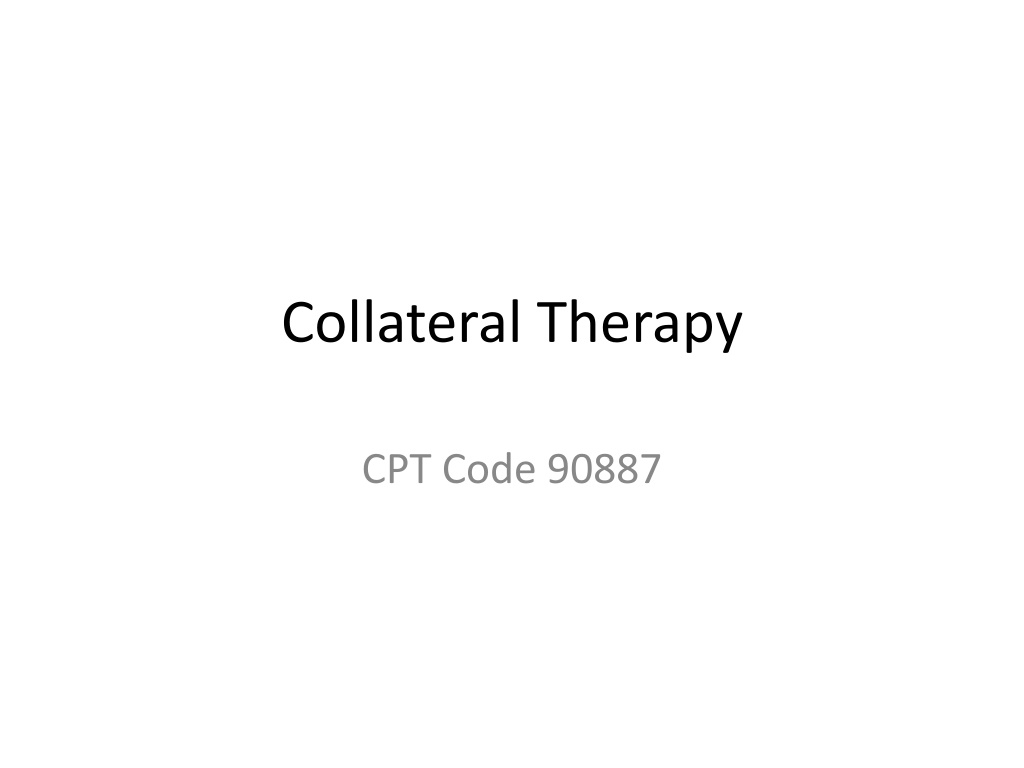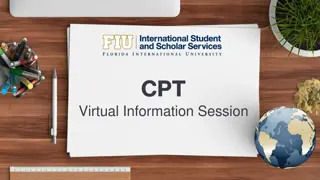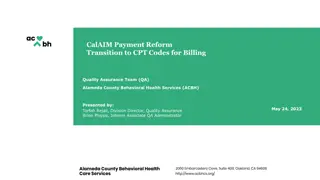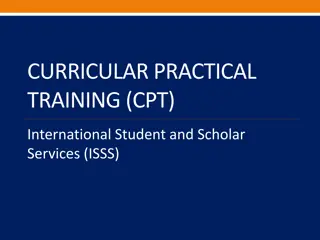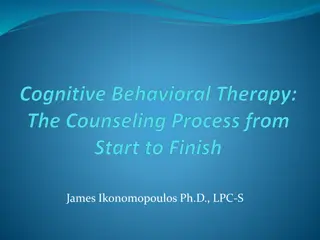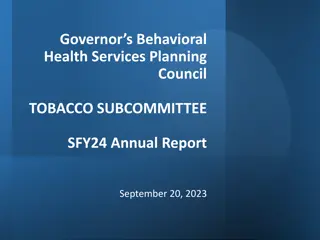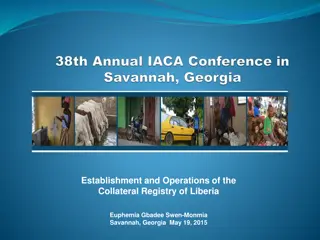Understanding Collateral Therapy (CPT Code 90887) in Behavioral Health
Collateral therapy involving CPT Code 90887 is a face-to-face behavioral health consultation with a parent, guardian, school personnel, or individual involved in the client's care. It includes examples like therapy sessions with caregivers, attending team meetings, and consultations for the client's well-being. However, certain activities, such as organizing school responsibilities or finding tutors, fall outside the scope of this code. Providers should document the interventions appropriately to ensure accurate billing. Medicaid guidelines stress the importance of consultation but caution against treating ineligible family members at the expense of the primary beneficiary.
Download Presentation

Please find below an Image/Link to download the presentation.
The content on the website is provided AS IS for your information and personal use only. It may not be sold, licensed, or shared on other websites without obtaining consent from the author. Download presentation by click this link. If you encounter any issues during the download, it is possible that the publisher has removed the file from their server.
E N D
Presentation Transcript
Collateral Therapy CPT Code 90887
Information for this training has been obtained from the IMPACT Plus Manual and a Medicaid training provided by Medicaid Specialist, Mary Thornton.
The collateral service involves face to face behavioral health consultation with a parent or legal guardian, school personnel, or other individual with custodial control or supervision of the client. Impact Plus Manual
Common examples of Collateral Therapy include the attendance of a Behavioral Health Professional or Behavioral Health Professional under clinical supervision at a Service team meeting, School Annual Review Committee meetings Conferences with teachers, Face-to-face meetings with other service professionals involved in the child s treatment, and Therapy sessions with caregivers and family members. IMPACT Plus Provider Manual
A session with a client and siblings or a client and a boyfriend, can NOT be billed as a 90887.
Teaching a client how to organize and manage responsibilities regarding school work cannot be billed as a 90887. This service should be billed as a H2021 code (Therapeutic Child Support) The intervention should be documented as skill building .
Helping a client find a tutor cannot be billed as a 90887. This is the work of a targeted case manager.
Medicaid believes that consultation with family members can be a necessary part of planning and providing care to clients. But they believe that consultation can devolve to a point where it becomes a means of treating other family members rather than, or in addition to the identified client. Medicaid will not reimburse for services provided to ineligible family member for treatment of their problems not related to the treatment of the Medicaid beneficiary Mary Thornton
All treatment must be solely for the emotional and behavioral recovery of the identified client.
Despite it all, Medicaid expects to see us working with the family.
Medicaid expects to see interventions utilized during the family sessions that effect a change or modify the structure, dynamics and interactions that act on the client s emotions and behaviors. From Mary Thornton
Collateral therapy is like playing a game of billiards.
Collateral therapy is like playing a game of billiards. First you state your intended goal: I want to put the 12 ball in the corner pocket.
Collateral therapy is like playing a game of billiards. First you state your intended goal: I want to put the 12 ball in the corner pocket. You utilize a structural intervention: Tap the cue ball with the stick.
Collateral therapy is like playing a game of billiards. First you state your intended goal: I want to put the 12 ball in the corner pocket. You utilize a structural intervention: Tap the cue ball with the stick. You assess the response: Where is the 12 ball now?
Collateral therapy is like playing a game of billiards. First you state your intended goal: I want to put the 12 ball in the corner pocket. You utilize a structural intervention: Tap the cue ball with the stick. You assess the response: Where is the 12 ball now? Then plan your next move.
G- You state your intended goal: I want to put the 12 ball in the corner pocket. I -You utilize a structural intervention : Tap the cue ball with the stick R- You assess the response: Where is the 12 ball now? P- Then plan your next move:
